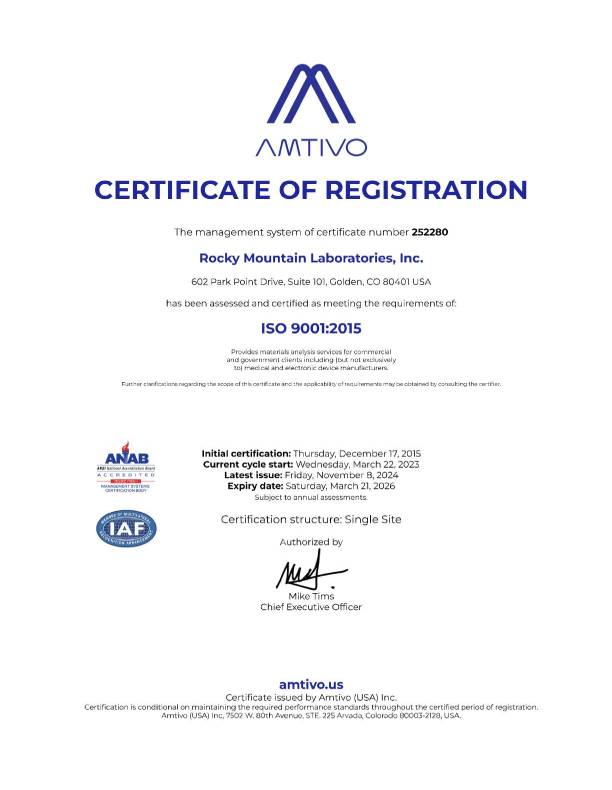X-ray Photoelectron Spectroscopy (XPS) and Auger Electron Spectroscopy (AES) are both surface-sensitive analytical techniques that provide information about the composition of materials, but they operate based on different principles and have distinct applications. Here are the key differences between XPS analysis and AES analysis:
Continue reading “Difference between XPS Analysis and AES Analysis”Blog
Difference between XPS Analysis and AES Analysis
Difference between SEM and EDX analysis
Scanning Electron Microscopy (SEM) and Energy-Dispersive X-ray Spectroscopy (EDX) are two complementary techniques often used together for materials characterization. Here are the key differences between SEM and EDX analysis:
Continue reading “Difference between SEM and EDX analysis”Difference between FTIR and Absorbance Spectroscopy
“FTIR” and “absorbance spectroscopy” are terms that can be related, and the main difference lies in the specific technique and method of data collection.
Continue reading “Difference between FTIR and Absorbance Spectroscopy”Difference between EDS and XPS Analysis
EDS (Energy Dispersive X-ray Spectroscopy) and XPS (X-ray Photoelectron Spectroscopy) are both techniques used for surface analysis, but they have different principles and provide distinct information about a material’s composition. Here are the key differences between EDS and XPS analysis:
Continue reading “Difference between EDS and XPS Analysis”Difference between AES and EDX Analysis
Auger Electron Spectroscopy (AES) and Energy-Dispersive X-ray Spectroscopy (EDS or EDX) are both surface analysis techniques that provide information about the elemental composition of materials. However, they are based on different principles and utilize different types of signals for analysis.
Continue reading “Difference between AES and EDX Analysis”Difference between UV and visible (UV-Vis) spectroscopy
UV (Ultraviolet) and visible (Vis) spectroscopy are two closely related techniques that together form UV-Vis spectroscopy. The main difference between them lies in the range of wavelengths they cover.
Continue reading “Difference between UV and visible (UV-Vis) spectroscopy”Difference between XPS Analysis and SEM Analysis
X-ray Photoelectron Spectroscopy (XPS) and Scanning Electron Microscopy (SEM) are analytical techniques that serve different purposes and provide distinct types of information about materials. Here are the key differences between XPS analysis and SEM analysis:
Continue reading “Difference between XPS Analysis and SEM Analysis”Difference between SEM and Regression Analysis
Scanning Electron Microscopy (SEM) and regression analysis are two different methods used in distinct scientific domains, and they serve different purposes. Here are the key differences between SEM and regression analysis:
Continue reading “Difference between SEM and Regression Analysis”Difference between EDS and XRF Analysis
EDS (Energy Dispersive X-ray Spectroscopy) and XRF (X-ray Fluorescence) analysis are both techniques used for elemental analysis, but they differ in their principles, applications, and instrumentation. Here are the key differences between EDS and XRF analysis:
Continue reading “Difference between EDS and XRF Analysis”Difference between Auger Electron and Secondary Electron
Auger electrons and secondary electrons are both types of electrons emitted from a material in response to external excitation, but they arise from different processes and have distinct characteristics.
Continue reading “Difference between Auger Electron and Secondary Electron”


